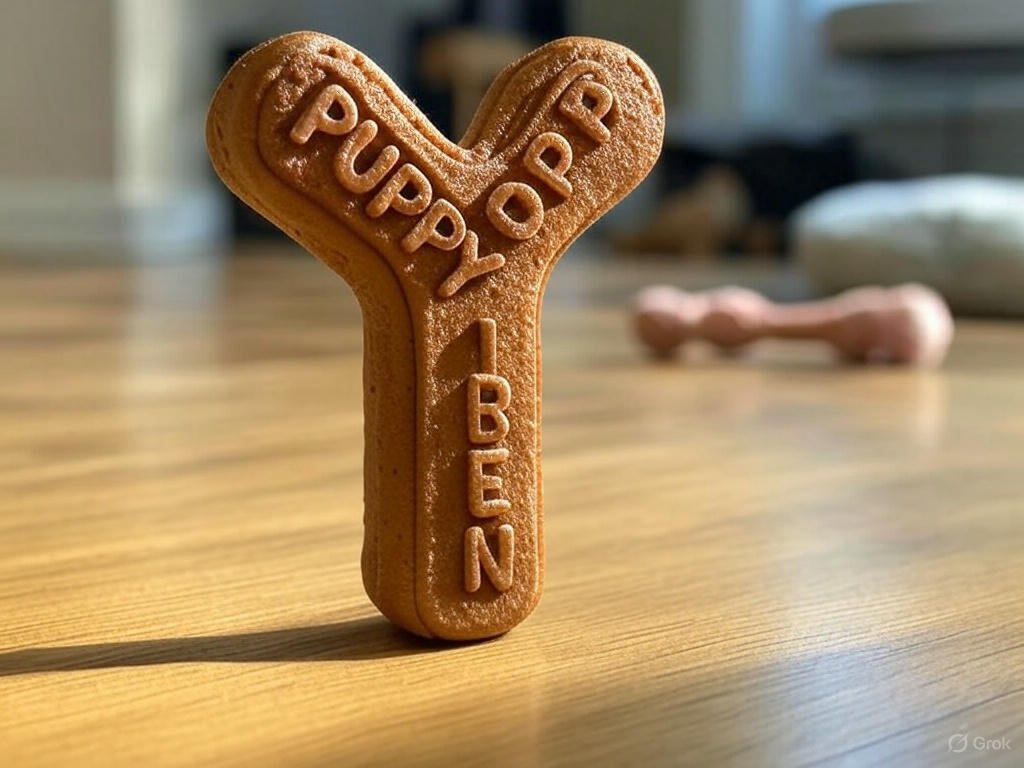When it comes to spoiling our furry friends, nothing beats giving them a tasty chew to keep them entertained and engaged. But as a responsible pet parent, you might wonder, “Are Benebones safe for dogs?” This question is crucial because not all chew treats are created equal, and some can pose serious risks to your canine companion. In this article, we’ll dive deep into the safety, benefits, and potential hazards of Benebones, so you can make an informed decision for your dog.
What Are Benebones?
Benebones are popular chew toys made from durable materials like nylon and infused with natural flavors like chicken, peanut butter, or bacon. They’re designed to satisfy your dog’s natural urge to gnaw while promoting dental health by reducing plaque and tartar buildup. Their unique shapes and textures make them a favorite among dogs of all sizes and chewing habits.
But are they truly safe? Let’s break it down.
Are Benebones Safe for Dogs?
The short answer is yes, Benebones are generally safe for dogs—but with some important caveats. Like any chew toy, they come with warnings and require proper supervision to ensure your dog’s safety. Here’s what you need to know:
1. Durability and Hardness
One of the biggest selling points of Benebones is their durability. They’re designed to withstand even the most aggressive chewers, making them a cost-effective option for pet owners. However, their hardness can also be a double-edged sword.
While durable chews are great for power chewers, they can pose a risk of tooth fracturing if your dog chews too aggressively. Veterinarians recommend choosing the right-sized Benebone for your dog’s breed and chewing habits to minimize this risk.
2. Non-Digestible Material
Unlike edible chews like pig ears or bully sticks, Benebones are made from non-digestible materials. This means they shouldn’t be ingested in large chunks. If your dog is a gulper who tends to swallow chunks of chew toys, Benebones might not be the best choice. Ingesting non-digestible pieces can lead to intestinal blockages or digestive tract issues, which may require surgery.
3. Supervision is Key
No matter how durable or safe a chew toy claims to be, supervision is always necessary. Regularly inspect the Benebone for signs of wear and tear, and replace it if it starts to break into sharp fragments. This will help prevent injuries to your dog’s mouth, throat, or intestines.
Benefits of Benebones for Dogs
When used appropriately, Benebones offer several benefits for your dog:
- Dental Health: The textured surface helps scrape away plaque and tartar, promoting better oral hygiene.
- Mental Stimulation: Chewing keeps your dog mentally engaged and helps prevent boredom.
- Natural Urge Satisfaction: Dogs have an innate need to chew, and Benebones provide a healthy outlet for this behavior.
- Weight Management: Chewing can help keep your dog busy and reduce overeating.
Potential Risks of Benebones
While Benebones are generally safe, they’re not entirely without risks. Here are some potential hazards to be aware of:
- Choking Hazard: If your dog bites off large chunks, it could lead to choking or intestinal blockages.
- Tooth Damage: The hardness of Benebones can cause tooth fracturing, especially in aggressive chewers.
- Digestive Issues: Ingesting non-digestible pieces can cause GI upset or more serious digestive tract problems.
How to Choose the Right Benebone for Your Dog
To maximize safety and enjoyment, follow these tips when selecting a Benebone:
- Size Matters: Choose a Benebone that’s appropriately sized for your dog. Smaller dogs need smaller chews, while larger breeds require bigger, more durable options.
- Consider Chewing Habits: If your dog is an aggressive chewer, opt for the toughest Benebone available. For gentler nibblers, a standard version should suffice.
- Inspect Regularly: Check the Benebone for signs of wear and replace it if it becomes damaged.
- Supervise Always: Never leave your dog unattended with a chew toy, no matter how safe it seems.
Alternatives to Benebones
If you’re concerned about the risks associated with Benebones, there are plenty of safe and nutritious alternatives to consider:
- Bully Sticks: These digestible chews are high in protein and great for dental health.
- Yak Cheese Chews: A natural and long-lasting option that’s easier on your dog’s teeth.
- Pig Ears: A tasty treat that’s rich in collagen and nutrients for skin and coat health.
- Rawhide Alternatives: Look for rawhide-free options made from wholesome ingredients without artificial additives or preservatives.
What Do Veterinarians Say About Benebones?
Many veterinarians and experts agree that Benebones can be a safe and effective chew toy when used correctly. However, they emphasize the importance of supervision and proper selection. If you’re unsure whether Benebones are right for your dog, consult your vet for personalized recommendations.
Final Thoughts: Balancing Safety and Happiness
At the end of the day, your dog’s safety and happiness are what matter most. Benebones can be a great addition to your dog’s toy collection, but they’re not a one-size-fits-all solution. By understanding the benefits and risks, choosing the right-sized chew, and always supervising your dog, you can ensure they stay healthy and entertained.
So, are Benebones safe for dogs? Yes—when used responsibly. Happy chewing!
FAQs:
1. Can Puppies Use Benebones?
Yes, puppies can use Benebones, but with caution. Puppies have softer teeth, and the hardness of Benebones may cause tooth damage or fracturing. Always choose a Benebone specifically designed for puppies, and supervise them closely during chewing sessions. If you’re unsure, consult your vet for advice.
2. Are Benebones Better Than Rawhide?
Benebones are often considered a safer alternative to rawhide, which can pose choking hazards and digestive blockages. Unlike rawhide, Benebones are non-digestible and made from durable nylon, reducing the risk of intestinal issues. However, both require supervision to ensure your dog’s safety.
3. How Long Does a Benebone Last?
The durability of a Benebone depends on your dog’s chewing habits. For aggressive chewers, it may last a few weeks, while gentler nibblers can enjoy the same Benebone for months. Regularly inspect the chew for wear and replace it if it shows signs of breaking into sharp fragments.
4. Can Benebones Cause Digestive Problems?
If your dog swallows large chunks of a Benebone, it can lead to digestive issues like intestinal blockages or GI upset. To minimize this risk, choose the right-sized Benebone for your dog and always supervise their chewing. If ingestion occurs, contact your vet immediately.
5. Are There Natural Alternatives to Benebones?
Yes, there are several natural alternatives to Benebones, such as yak cheese chews, bully sticks, and antlers. These options are digestible and often free from artificial additives. However, like Benebones, they should be used under supervision to prevent choking or tooth damage.







